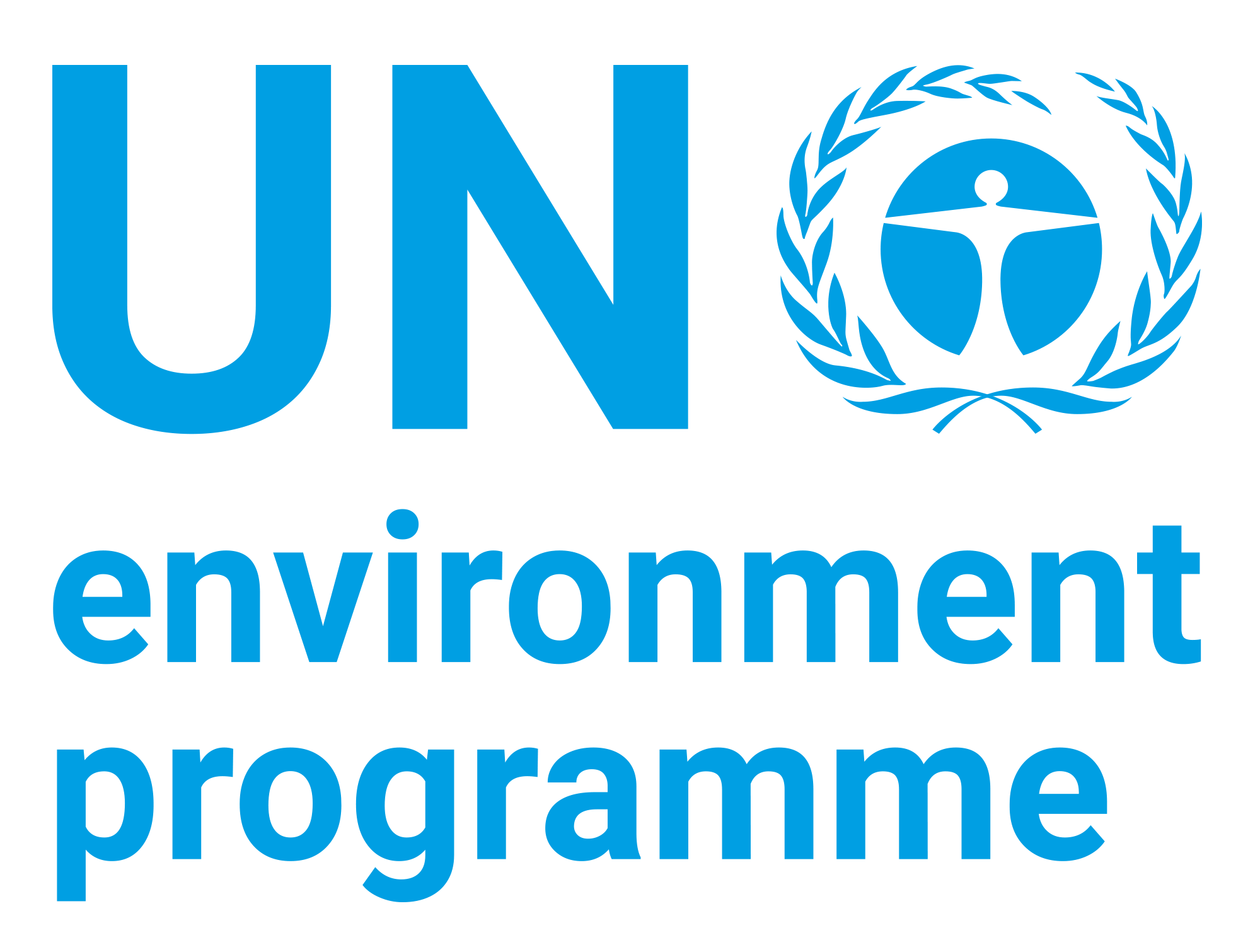| dc.contributor | Economy Division | en_US |
| dc.contributor.author | United Nations Environment Programme | en_US |
| dc.contributor.author | World Health Organization | en_US |
| dc.contributor.author | International Labour Organisation | en_US |
| dc.date.accessioned | 2019-08-20T20:37:48Z | |
| dc.date.available | 2019-08-20T20:37:48Z | |
| dc.date.issued | 1991 | |
| dc.identifier.isbn | 92 4 157119 5 | en_US |
| dc.identifier.uri | https://wedocs.unep.org/20.500.11822/29539 | |
| dc.description | Nephrotoxicity can be defined as renal disease or dysfunction that arises as a direct or indirect result of exposure to medicines, and industrial or environmental chemicals. It is well established that toxic nephropathies are not restricted to a single type of renal injury. Some chemicals target one discrete anatomical region of the kidney and may affect only one cell type. Chemical insult to the kidney may result in a spectrum of nephropathies that are indistinguishable from those that do not have a chemical etiology. | en_US |
| dc.format | Text | en_US |
| dc.language | English | en_US |
| dc.rights | Public | en_US |
| dc.subject | toxic substance | en_US |
| dc.subject | disease | en_US |
| dc.subject | chemical | en_US |
| dc.title | Principles and Methods for the Assessment of Nephrotoxicity Associated with Exposure to Chemicals - Environmental Health Criteria 119 | en_US |
| wd.identifier.sdg | SDG 3 - Good Health and Well-Being | en_US |
| wd.topics | Chemicals and Pollution Action | en_US |
| wd.identifier.pagesnumber | 268 pages | en_US |


